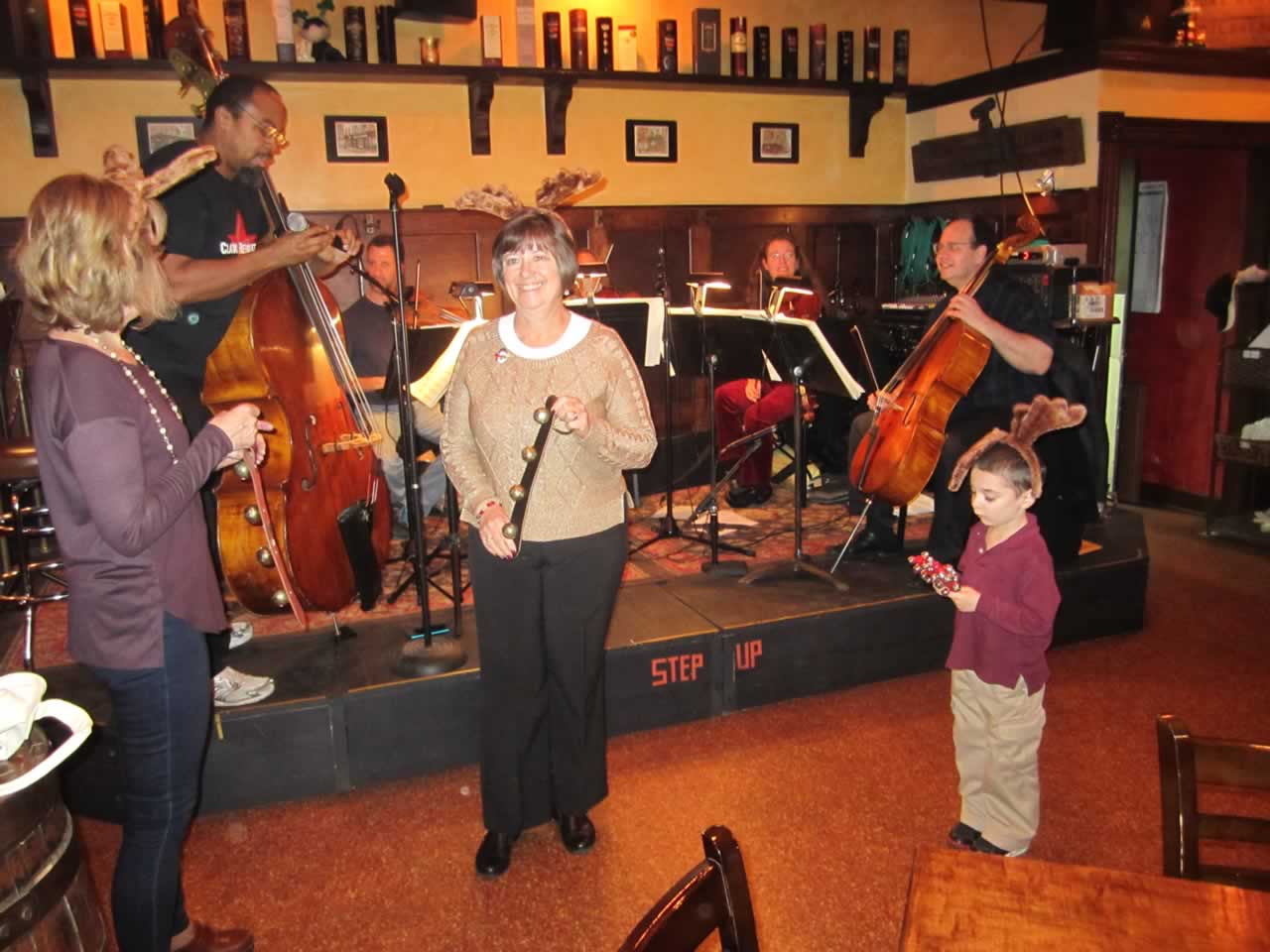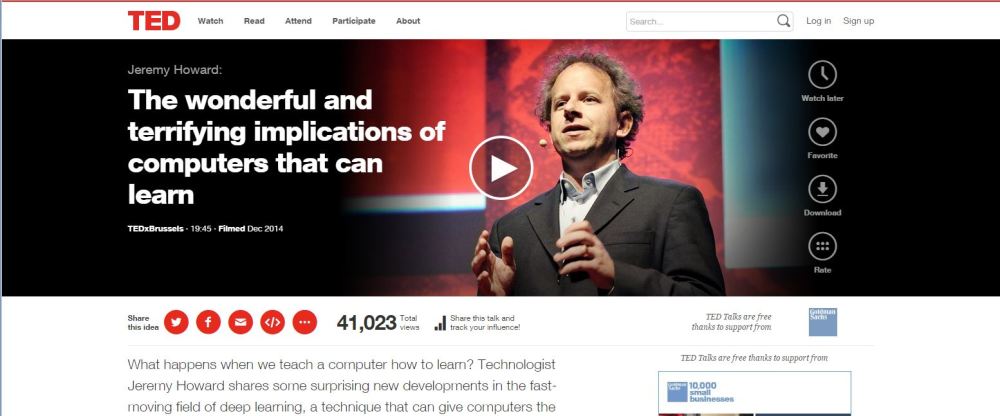About a week ago I was at a conference that was addressing creative placemaking and revitalizing communities. Mary Cusick from TourismOhio made a presentation on the new tourism campaign that is being worked on.
As she talked about marketing the state, I was interested to see how similar the attitudes research participants expressed about Ohio were to attitudes people express about the arts.
While people were generally neutral about Ohio, having no positive or negative associations about the state in general, they did feel there was a degree of tribalism. If you aren’t plugged in to the Ohio State University culture, erm I’m sorry, THE Ohio State University culture, you feel left out. In addition to the stress on THE, there is also the O-H—I-O cheer, among other identifiers that one can invoke at any occasion over a fairly large geographic area and receive a response.
We know that people have similar feelings about the arts with language, behavior and particular dress code which feel exclusive.
Another thing that Mary Cusick noted is that nearly every travel destination ad features the beauty and majesty of their outdoor attractions with people doing outdoorsy stuff.
However, research shows that people are aspirational in their responses about what they want to do on vacation. When you ask people about their plans, they talk about outdoors activities, but when you sit them down and ask what they actually have done and what the most important goal of a vacation is, the answers are a bit different.
And by sit them down, I mean literally. The tourism office research involved talking to people from Ohio, Michigan, Illinois and Pennsylvania in their living rooms. They showed us video excerpts of the interviews.
I had a sense that the responses on arts participation surveys may also be on the aspirational side and was a little depressed that there wasn’t funding to do deep research like TourismOhio did. (I will say that part of me suspects arts participation surveys have included that degree of deep surveying. It’s just that seeing even brief video of the process during a presentation made a deeper impression than being told 100 people were surveyed in their homes)
What was important to people when they traveled on vacation was that it was an opportunity to de-stress and connect with family and friends. These are exactly the reasons given by people surveyed about what they valued from participation in an arts or creative activity. (graphics on pages 10 & 13).
Cusick reinforced Trevor O’Donnell’s constant message about advertising focusing on the patron/participant/consumer experience when she talked about the philosophy behind the ad campaigns being developed. She said it wasn’t about the great roller coasters, microbreweries and awesome ice cream shops in the state. It is about getting scared out of your wits, sharing your darkest secrets with your best friend over a pint of dark ale, and ice cream mustaches on your kids’ faces.
The print and broadcast pieces she showed us were all right in line with that approach.
Interesting and valuable insights to think about moving forward.










Thanks for what you are doing to bring cultural change to the arts. It is so important to represent everyone.…